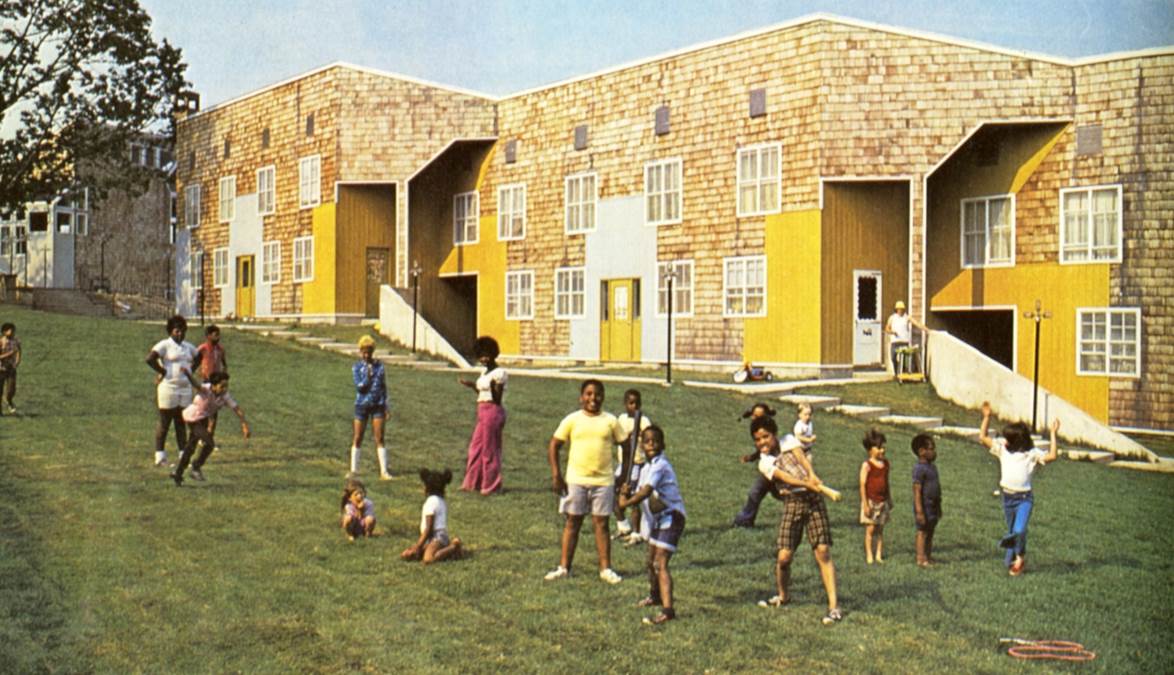2016 New York State Council on the Arts League-sponsored Independent Projects Grantees
The New York State Council on the Arts (NYSCA) in its Independent Projects category annually awards $10,000 project grants to professionals in the architecture, design, and historic preservation fields. Individuals must apply through a nonprofit sponsor. This year NYSCA awarded ten grants throughout New York state to individuals, of whom five were sponsored by the League.
“The Gowanus Roof-scape”
Jennifer Birkeland and Jonathan A. Scelsa
The Gowanus Roof-scape is an effort supported by the Gowanus Conservancy as a research project to raise knowledge of the existing building makeup in the canal’s watershed. The project will map the 3D geometry of the roof-scape surrounding the Gowanus Canal, to better understand the building’s storm water contribution to the overburdened drainage system. The roof-scape’s building form will be categorized typologically by geometry, material, and flow direction in a graphic matrix in order to suggest strategies for future absorption, diversion roof retrofits, and new development potentials.
Jennifer Birkeland and Jonathan A. Scelsa are founding partners of the Brooklyn based studio op / Architecture Landscape. They respectively hold a M.L.A. and a M.A.U.D. from Harvard University. Scelsa is an Adjunct Assistant Professor of Architecture at the City College of New York and an Architectural Design Critic at Rhode Island School of Design and Birkeland is a project manager at West 8 Urban Design and Landscape.
“Housing New York: The Recent Past”
Richard W. Hayes
Conceived as a book, Housing New York intends to document and discuss a diverse range of housing solutions in New York during the period 1965-1995. It plans to examine Richard Meier’s designs for low-income residents in the Bronx; middle-income housing on Roosevelt Island; Charles Moore’s postmodern social housing in Huntington Station, Long Island; and a reassessment of the residential development that transformed Staten Island during the late 1960s. The intention of the project is to place the current interest in housing in context by learning from the successes and missteps of the recent past.
Richard W. Hayes is an architect and architectural historian, educated at Columbia and Yale Universities. His previous publications include The Yale Building Project: The First 40 Years (Yale University Press, 2007), a comprehensive history of the influential educational program. He has also published extensively on the Aesthetic Movement, including a chapter in E.W. Godwin: Aesthetic Movement Architect and Designer edited by Susan Weber Soros (Yale University Press, 1999). Hayes was a visiting fellow at the University of Cambridge in 2009 and 2013.

Charles Moore, Whitman Village Housing, Huntington Station, New York (1975). Image courtesy of the Charles Moore Foundation.
“Excise City”
Nahyun Hwang
Excise City investigates the roles and impacts of destruction and demolition in the process of the development and transformation of the city, examining their operations as a highly intentional economic, political, and cultural apparatus and currencies that actively shape the ideological and physical forms of the city. The project engages the alarming statistics and histories of demolition in two comparably sized cities, Detroit, Michigan and Seoul, Korea. While the conditions of the two cities— often rendered post-industrial and developmental respectively—seem in contrast at first glance, both cities aggressively engage the simultaneously destructive and generative processes of selective demolition and reconstruction.
Nahyun Hwang is an architect and a partner of N H D M, a New York-based collaborative practice for design and research in architecture and urbanism. Until founding N H D M, Hwang practiced as a Senior Associate at James Corner Field Operations and as the Lead Project Designer for The High Line, and a designer at Herzog & de Meuron; Stan Allen Architects; OMA; and the studio of Rafael Moneo. Hwang holds a M.Arch from Harvard University and a B.Arch from Yonsei University, Seoul, Korea, and is currently an adjunct assistant professor at the Graduate School of Architecture, Planning, and Preservation at Columbia University.
“Brick by Brick: The Extraordinary Life and Work of Diébédo Francis Kéré”
Jenna M. McKnight
Diébédo Francis Kéré is an award-winning architect who is establishing models for development in Africa and beyond. Kéré was raised in an impoverished village in Burkina Faso and studied architecture in Berlin. His portfolio features schools, health clinics, and other civic-minded projects that are praised for their transformative effect on communities. McKnight will author the first book devoted to Kéré’s work, which will also examine the architect’s incredible personal story.
Jenna M. McKnight is a journalist devoted to exploring how architecture and design can help solve global humanitarian and environmental issues. She is currently the senior U.S. editor at Dezeen, and formerly served as editor in chief at Architizer, news director at Architectural Record, and digital editor at Skidmore, Owings & Merrill. Over the years, she has garnered many honors, including an Associated Press Award for distinguished journalism achievement and inclusion in Surface magazine’s Portfolio of American Influencers.
“Building Westbeth: A Home for the Arts”
Barbara Prete
This book examines the founding, design, and community of Westbeth Artists Housing in 1967. Westbeth’s founders broke with traditional housing types established by zoning and building codes unchanged for a century. It originated as a great public-private partnership and a design experiment that won Richard Meier international recognition. The Westbeth experience offers lessons in planning, design, and the economics of urban artists’ lives. The book will include 30-40 photographs by Magnum photographer Lenny Freed documenting the artists’ lives as well as works by Shelly Seccomb documenting the changes in New York’s West Village waterfront.
Barbara Prete is a Westbeth resident painter and published writer who has served on the Westbeth board and as president of the Westbeth Artists Residents Council. Her research for this project began in 1982 when she met Roger Stevens, appointed by President Lyndon B. Johnson as the first chairman of the National Endowment on the Arts, who made Westbeth the NEA’s first project.




